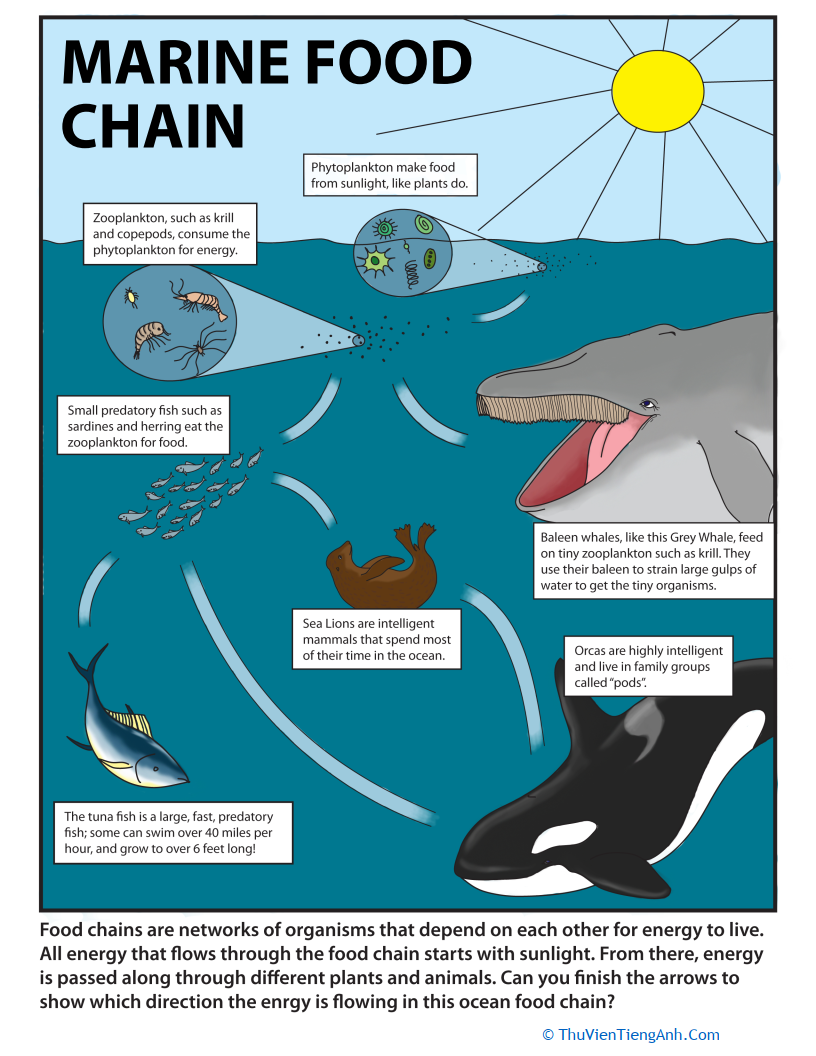Understanding Ocean Food Chains From Plankton To Apex Predators Biology Diagrams
Understanding Ocean Food Chains From Plankton To Apex Predators Biology Diagrams Introduction to Ocean Food Chains Imagine diving beneath the waves, where life moves in a mesmerizing dance of survival and collaboration. The ocean is not just water—it's a living, breathing system, powered by intricate food chains that keep everything in balance. From the tiniest microscopic plants to awe-inspiring predators like great white sharks, every creature

Food webs are key to understanding how an ecosystem functions. The webs are just that: networks of complex feeding relationships, not just the linear food chain we may have learned about in a biology class. More, food webs illustrate the energy flow and predator/prey interactions within an ecosystem. Pelagic predators from deep sea food web

Ocean Ecosystem Pyramid: A Look into Top Biology Diagrams
The discovery also sheds light on the food chains in these incredibly deep zones, as this fish is most likely a predator in this environment and highlights that even at such incredible depths, life finds a way to thrive. One-celled organisms called monothalamea have been found in deep-sea trenches at depths of up to 35,000 ft (10.6 km the nutrient supply chain. When visitors to the vents depart, they take any energy that they have assimilated with them, and form a kind of supply chain - moving energy from the source to the open ocean where there are no producers. Vertical Migration - Deep Sea Lanternfish and Humboldt Squid 32:30 - Vertical Migration - the Deep Sea Food

At the deepest parts of the ocean, such as the Mariana Trench, the pressure can reach an astonishing 15,000 psi (pounds per square inch), which is over one thousand times greater than atmospheric pressure at sea level. These organic compounds serve as the foundation of the food chain in the deep ocean, sustaining a variety of unique

Deep Sea Food Webs Biology Diagrams
This strongly suggests that surface-produced OM serves as a critical food source for trench organisms, primarily consisting of carrion (Wang et al., 2019). This revelation opens the door to the possibility of rapid vertical transport of anthropogenic pollutants through the food chain from the ocean surface to the hadal trenches. On the seafloor, benthic food webs operate under different constraints, shaped by the accumulation of organic material descending from the water column. Deep-sea ecosystems, in particular, depend on marine snow—detritus composed of decaying organisms, fecal matter, and organic particles—as a fundamental energy source.
